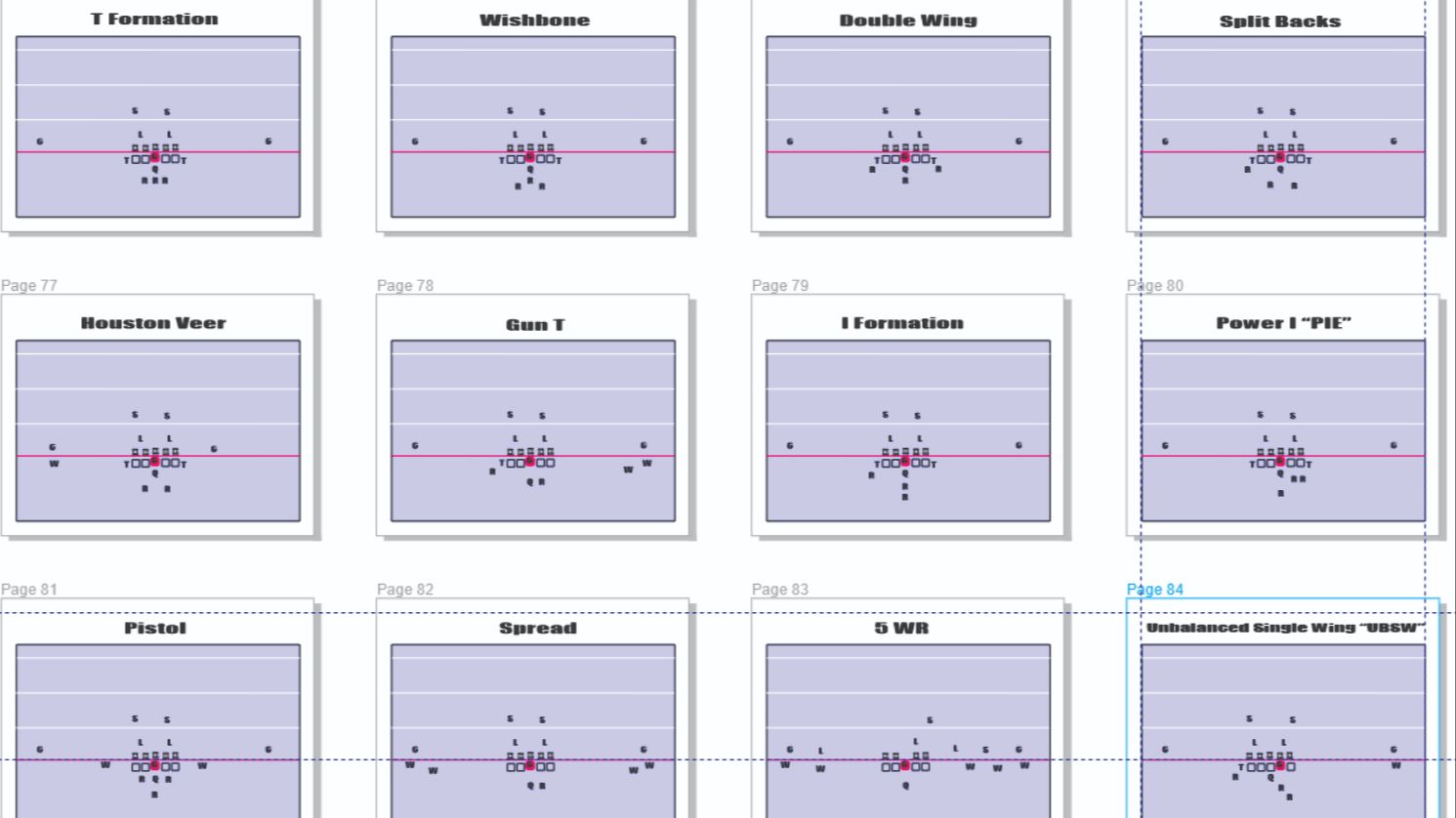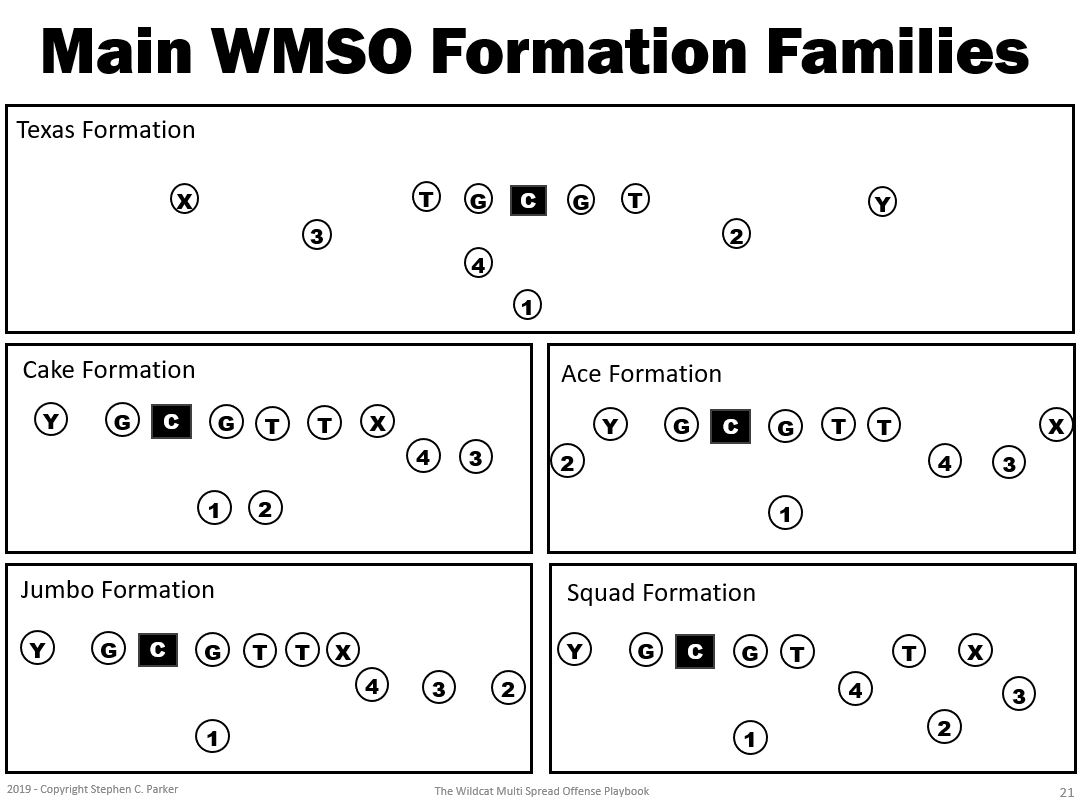Alright, let’s talk about my journey messing around with the football spread formation. It wasn’t some grand strategy session at first, honestly. I was coaching a youth team, maybe Pop Warner level, I forget exactly, and our offense was just stuck in the mud. Traditional stuff, I-formation, power runs, predictable as heck. We needed something different, something to open things up.

I’d seen college teams and even some high schools having success spreading the field, so I figured, why not give it a shot? Seemed simple enough on TV, right? Just spread ’em out and throw it around. Boy, was I wrong.
Getting Started – The Messy Phase
My first attempts were, well, chaotic. I grabbed a whiteboard and started drawing up plays based on what I thought I saw. Four receivers wide, one back next to the QB. Looked good on paper.
Then we tried it in practice. Oh man. It was ugly.
- Linemen didn’t know who to block. They were used to tight splits, now they had huge gaps. Guys were running free at the quarterback.
- The QB felt rushed, couldn’t figure out the reads quick enough. He was used to handing off or maybe a simple three-step drop. This was different pressure.
- Receivers ran sloppy routes. Timing was all off.
It was just… bad. We spent more time untangling ourselves than actually running plays. Felt like we took ten steps backward. I remember one practice where pretty much every pass play ended in a sack or the QB just scrambling for dear life.
Digging In and Learning the Hard Way
I realized pretty quick that just spreading players out wasn’t a magic fix. There was a whole system behind it I didn’t understand. So, I had to actually learn it. Forget fancy coaching clinics, I didn’t have the time or money for that back then.

I spent hours watching games, specifically focusing on teams that ran the spread well. Not just the highlights, but the boring plays too. How did the line block on a simple screen? What was the QB looking at before the snap? How did receivers adjust their routes? I paused, rewound, drew little diagrams in a beat-up notebook. It was slow going.
The biggest thing I figured out was the importance of the offensive line. Yeah, everyone sees the receivers and the QB, but if those five guys up front weren’t coordinated, the whole thing fell apart. We had to simplify their rules. Instead of complex assignments, we went to more zone blocking concepts, basically blocking an area instead of a specific man. It took a ton of reps, just walking through it, then jogging, then finally full speed.
Practice, Practice, and More Practice
We drilled the basics relentlessly. Short passes, quick screens, QB reads on simple run options (like, keep it or hand it off based on one defender). We didn’t try to install a hundred plays. Maybe just five or six core plays that we practiced over and over and over.
Getting the timing right between the QB and receivers was another headache. We threw so many routes-on-air drills it probably got boring for the kids, but it was necessary. Quarterback footwork had to change too. Less deep drops, more quick, rhythmic steps.
There were days I felt like scrapping the whole thing. We’d have one good practice, then two bad ones. It tested my patience, for sure. But slowly, very slowly, things started to look less like organized chaos and more like actual football plays.

Seeing it Work (Finally!)
The first time we really used it effectively in a game was kind of nerve-wracking. But then, we hit a couple of quick passes. The defense looked a bit confused, spread out trying to cover everyone. Then we ran a simple draw play right up the middle, and because they were spread thin, our back found a huge lane.
It wasn’t always perfect, not by a long shot. We still had busted plays, sacks, interceptions. But you could see the potential. It forced the defense to cover the whole field, which created running lanes and simpler passing reads. Our QB started looking more confident. We weren’t scoring 50 points a game, but we were moving the ball better, controlling the clock sometimes, and actually putting pressure on the other team.
For me, the big win was seeing the kids execute something we worked so hard on. When that quick slant hit for a first down, or the QB made the right read on an option, that felt pretty damn good. It showed that all that time watching tape and running boring drills actually paid off.
Still Tinkering
Even now, when I think about formations, I see the spread isn’t just one thing. There are tons of variations. You’re always adjusting based on your players, what the defense is doing. It’s not a ‘set it and forget it’ kind of deal. You gotta keep practicing, keep refining.
So yeah, that was my dive into the spread formation. Started rough, learned a lot through trial and error, lots of practice, and eventually saw some success. It definitely opened my eyes to different ways of playing the game.
